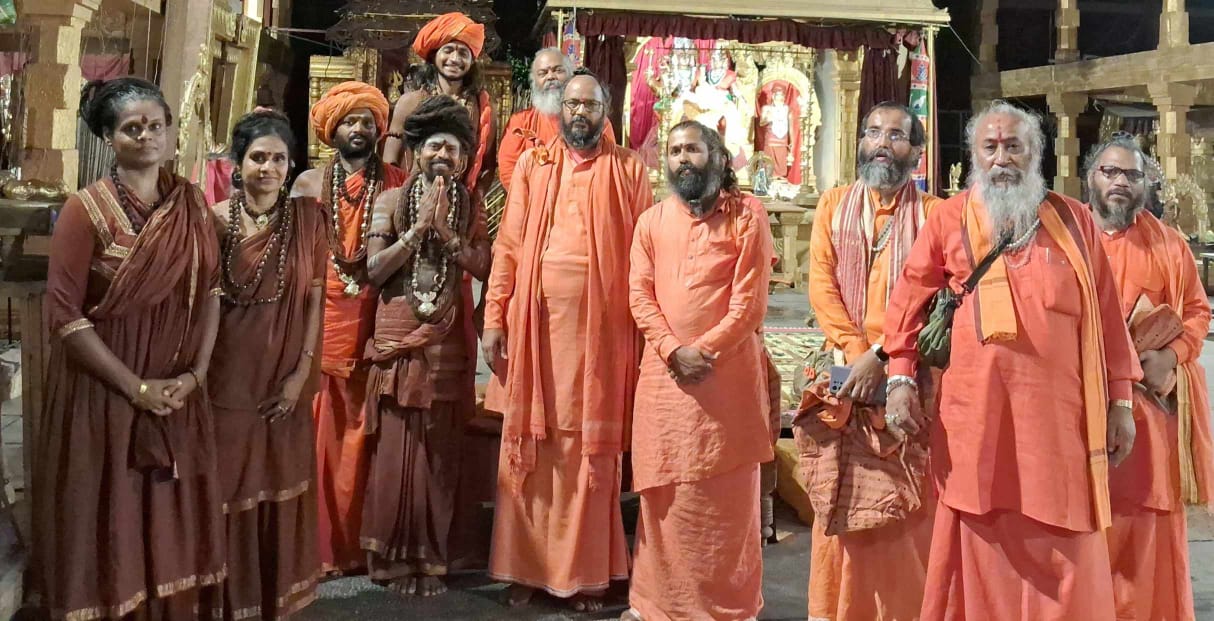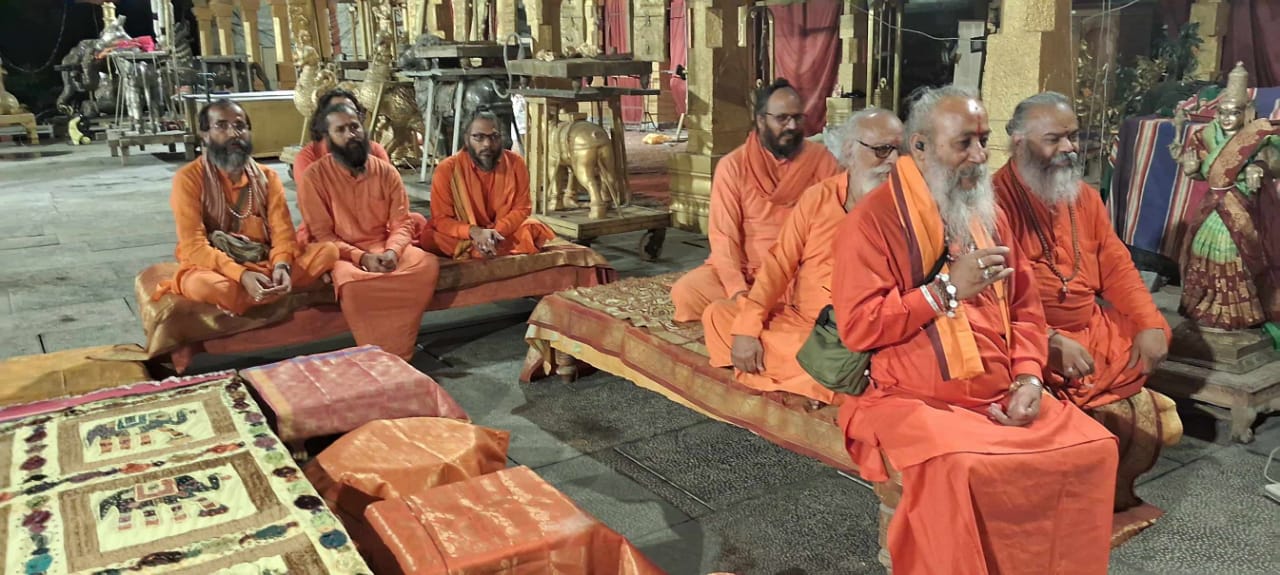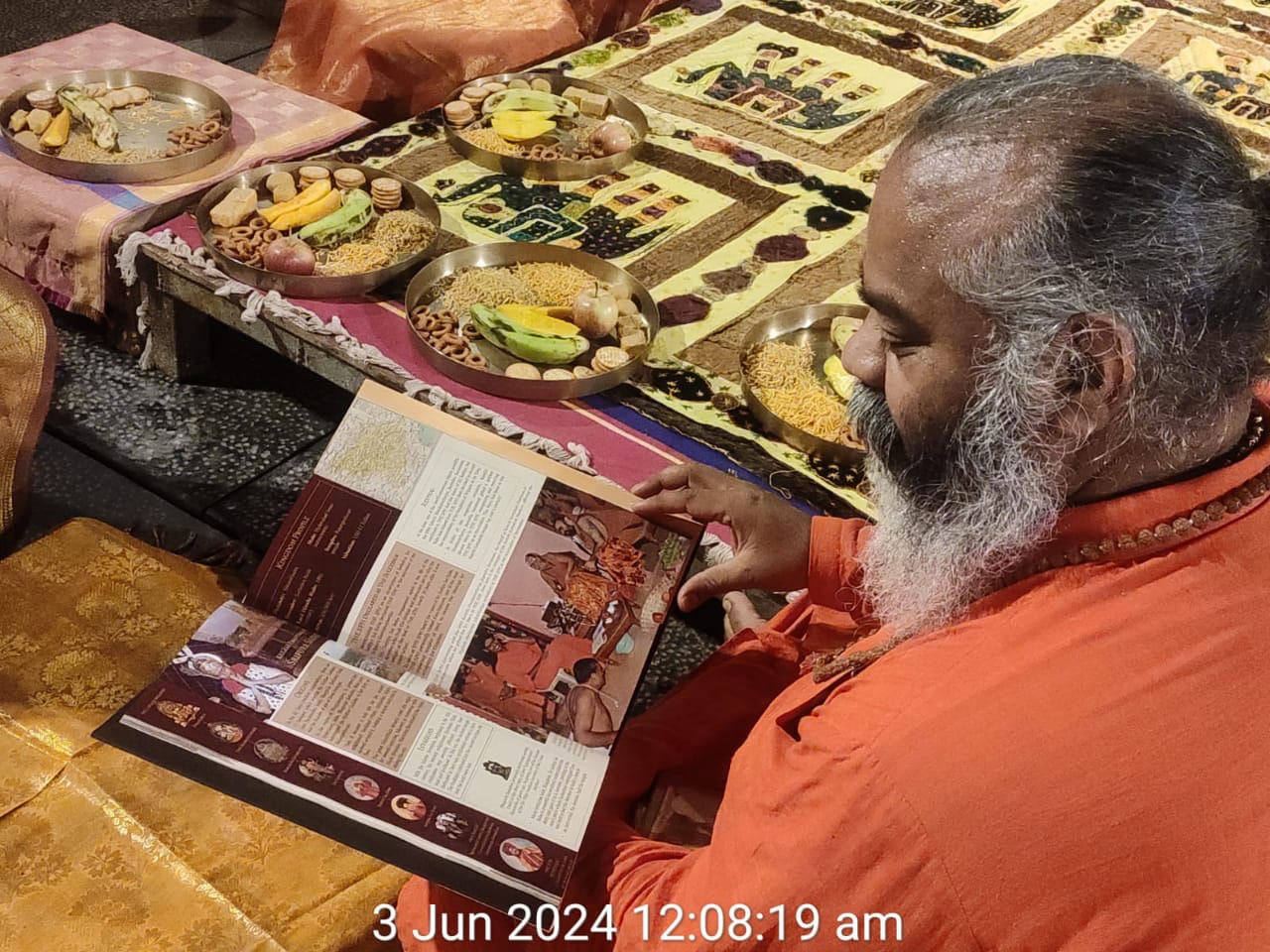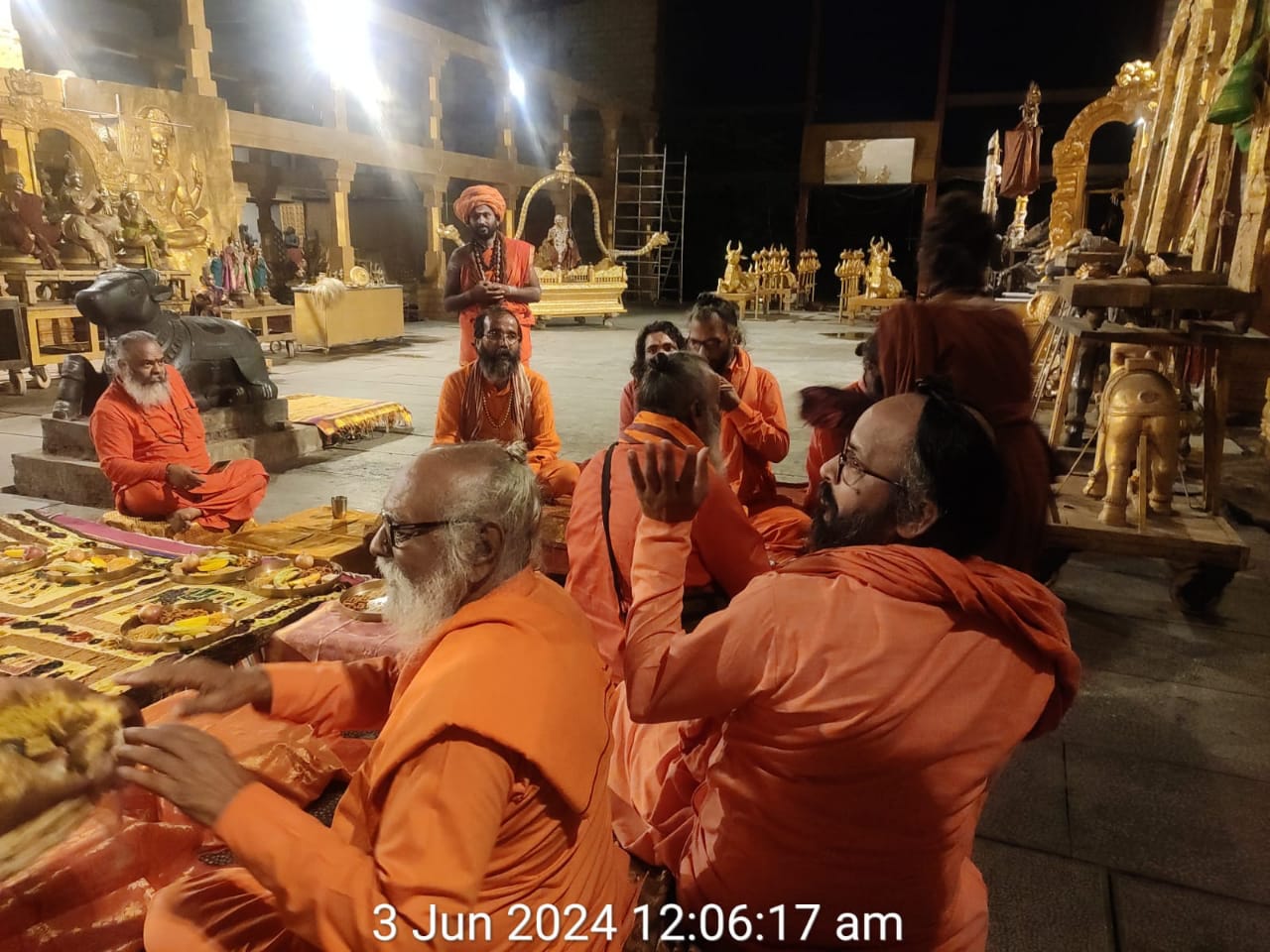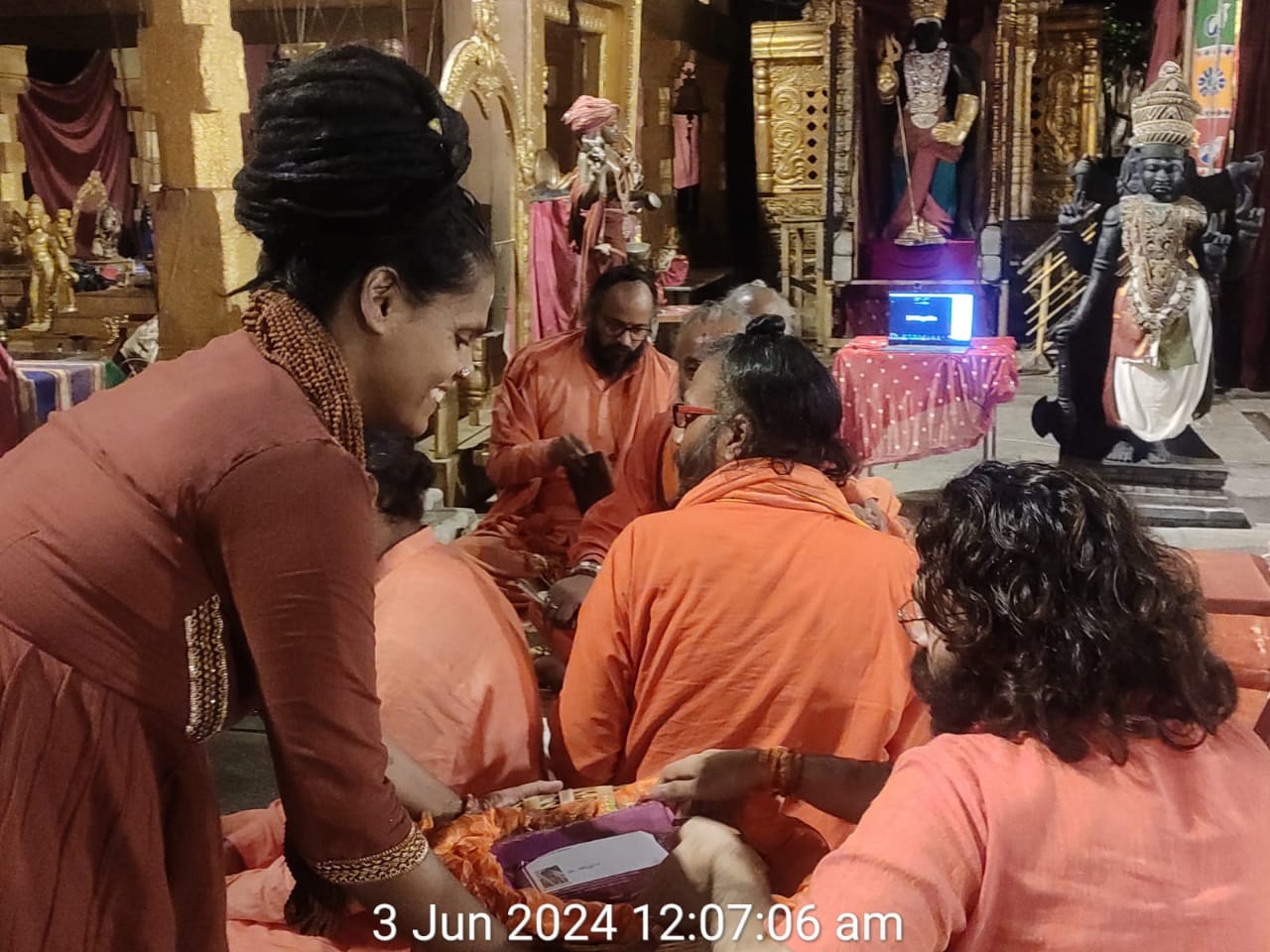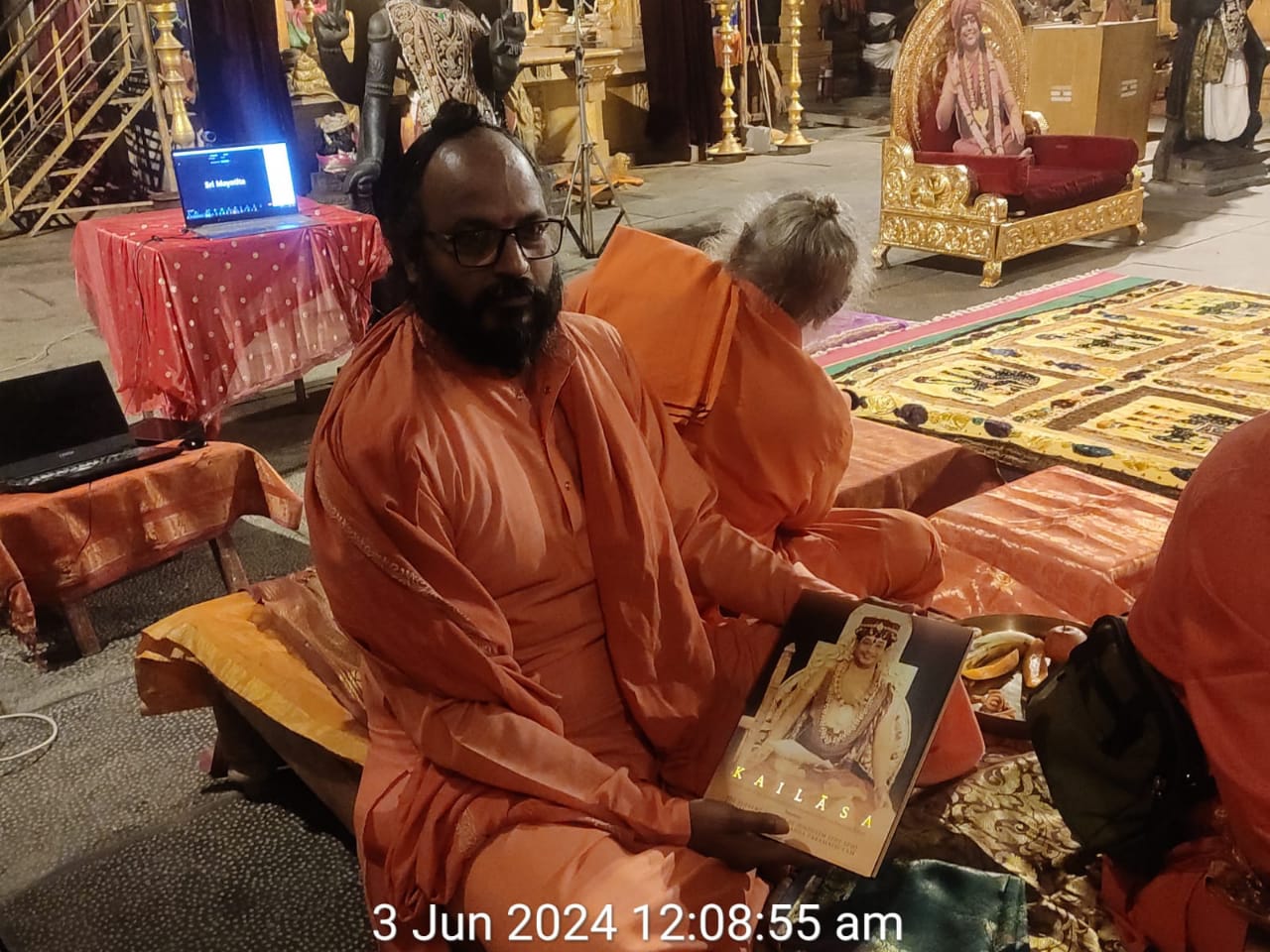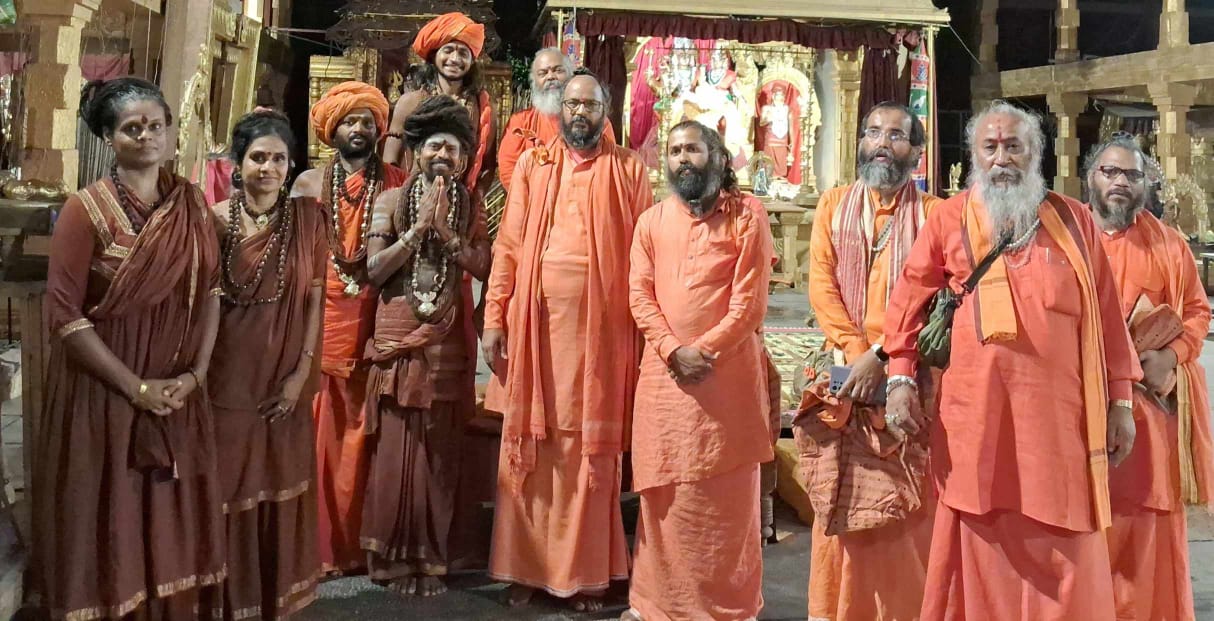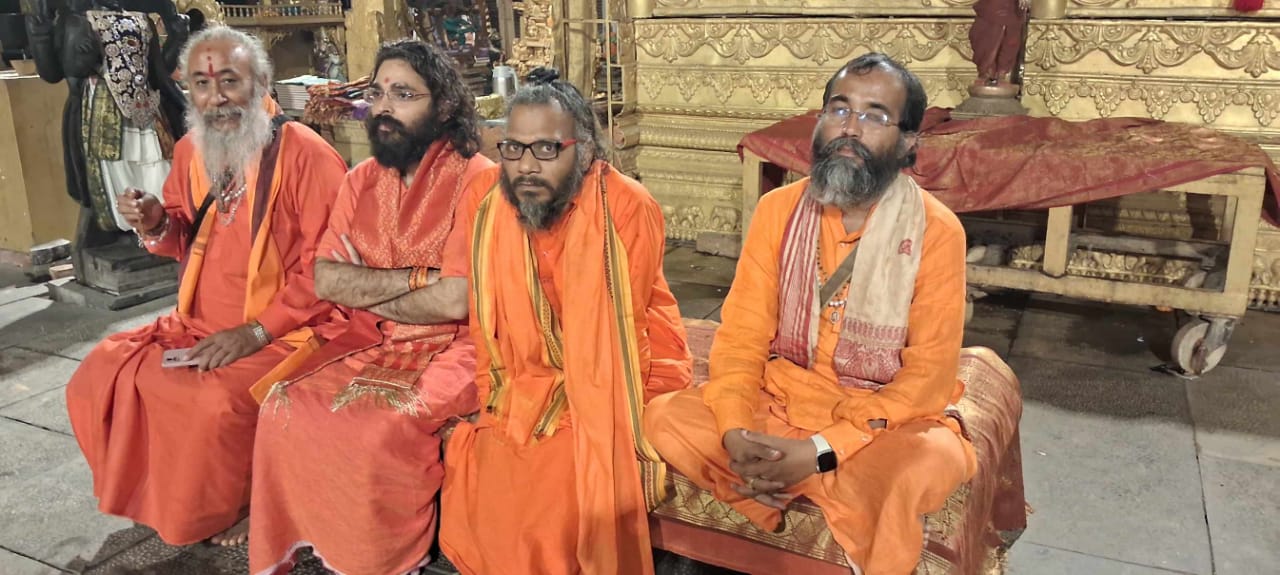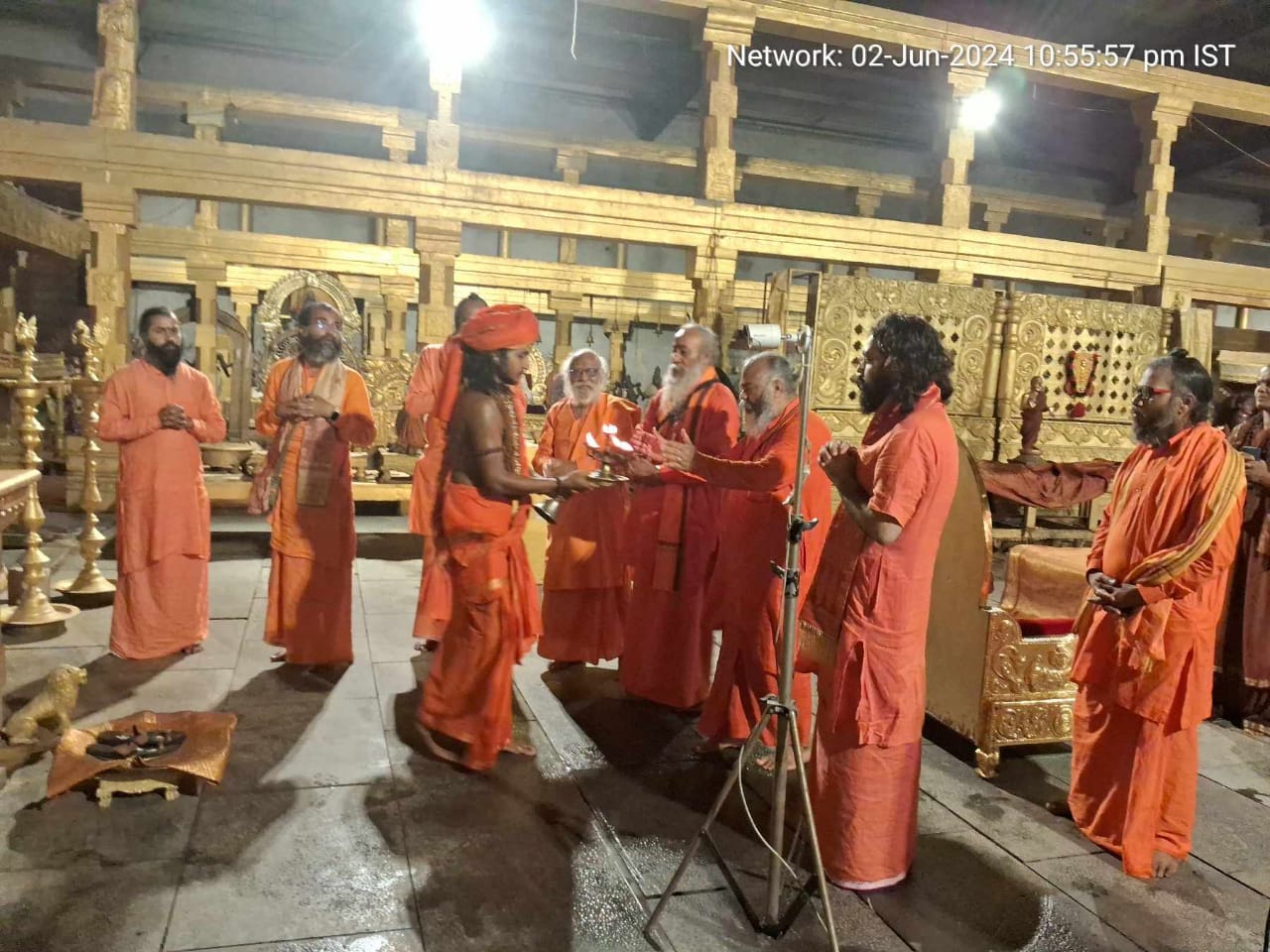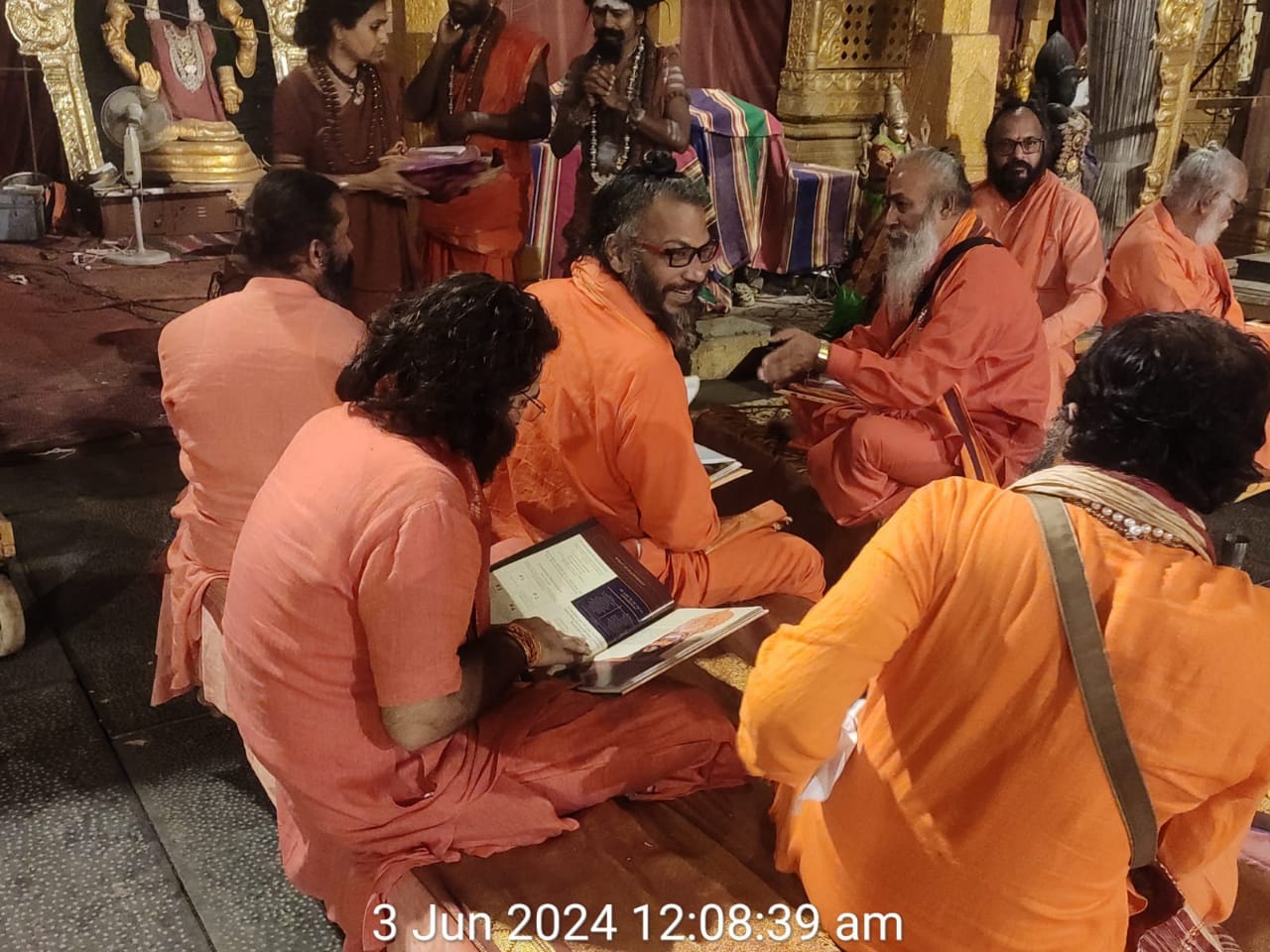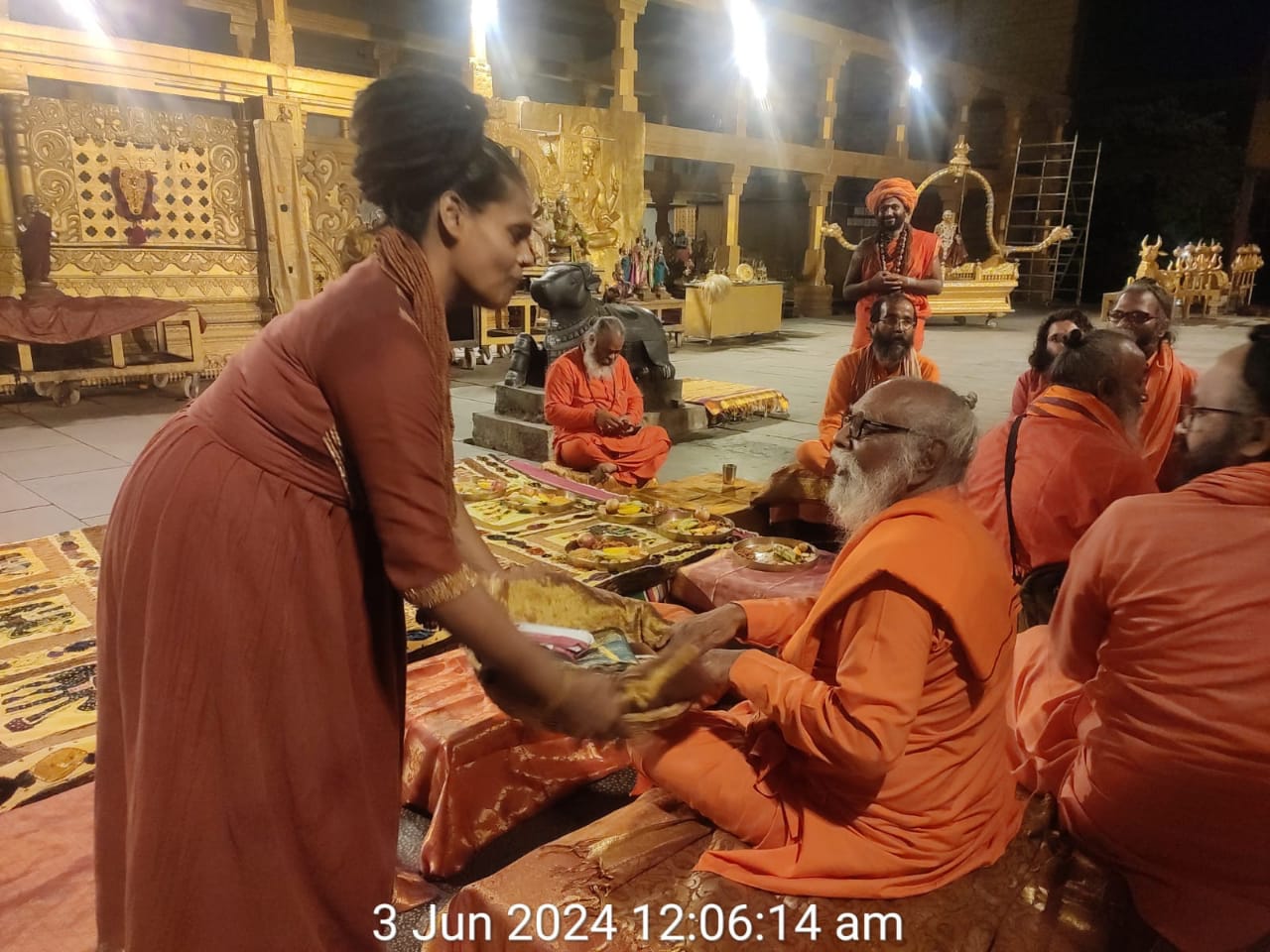History of Kumbh Mela
The Kumbh Mela is a massive Hindu pilgrimage celebrated in India, aimed at keeping the spiritual goals in sight for the multitude of seekers who merge into the ocean of humanity and become one. More than 1000 Kumbh Mela festivals have been celebrated over the ages. Over 100 million people participated during the Maha Kumbh Mela in India in 2013.
Kumbh Mela is considered to be the largest peaceful gathering in the world. It is celebrated typically every third year at one of the four places by rotation: Haridwar, Prayag (Allahabad), Nashik and Ujjain. Each of these holy places hosts the auspicious event once in 12 years.
The rivers at these four places form the source of nectar: the Ganges (Ganga) at Haridwar, the confluence (Sangam) of the Ganges, the Yamuna and the mythical Saraswati at Prayag, the Godawari at Nashik, and the Shipra at Ujjain.
Kumbh means "a pot" and Mela means "festival" or "celebration" in Sanskrit. It symbolizes the sacred pot of nectar which is believed to offer immortality or salvation. To obtain immortality the demigods joined with asuras (demons) to churn the mythical milky ocean, after the pot of nectar had fallen into the milky ocean. But during the churning, after the Kumbh surfaced, a battle ensued between demigods and demons. During this period, the Kumbh was carried by divine beings to preserve it, and drops of nectar fell into the earth at 4 places - which now host the Mela.
Millions of enlightened beings, and deities energized by enlightened beings gather when the auspicious energies are concentrated on the sacred rivers. Their blessed intention to shower the world with collective positive energy creates the amruta (nectar) from the waters of the rivers. The faithful millions gather to be showered in that amruta for their salvation. The next Kumbh Mela USA will be celebrated on Feb 2nd, 2025 in Los Angeles, California.
